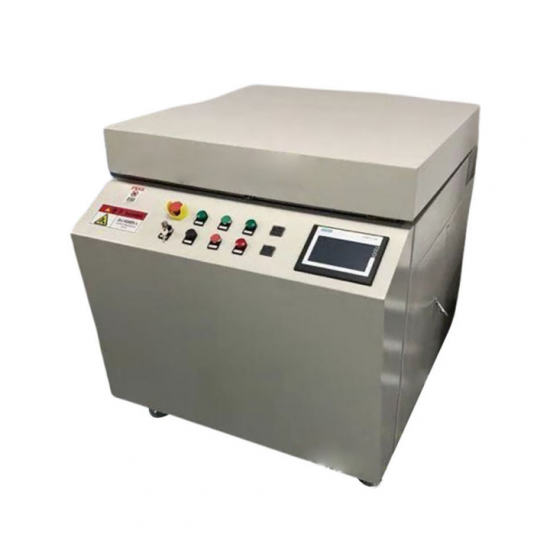Xiamen Tmax Battery Equipments Limited was set up as a manufacturer in 1995, dealing with Laboratory equipments, technology, etc. We have total manufacturing facilities of around 2, 000 square meters and more than 100 staff. Owning a group of experie-nced engineers and staffs, we can bring you not only reliable products and technology, but also excellent services and real value you will expect and enjoy.
In the realm of solar cell research, various types of machines and equipment are essential for developing, testing, and optimizing photovoltaic devices. These tools range from those used for material deposition and device fabrication to characterization instruments that measure performance metrics like efficiency and stability. Below is an overview of some key machines used in solar cell research, particularly focusing on emerging technologies such as perovskite solar cells but also applicable to more established technologies.
1. Material Deposition Systems
Spin Coaters: Ideal for depositing thin films of photoactive materials onto substrates with high uniformity, commonly used in laboratory settings.
SlotDie Coaters: Suitable for largescale deposition with precise control over film thickness, facilitating the transition from lab to pilot production.
Spray Coating Systems: Useful for applying coatings over large areas with good uniformity, suitable for both R&D and smallscale production.
Vacuum Deposition Systems: Including thermal evaporation and sputtering systems for depositing layers like electrodes and transport layers under vacuum conditions.
2. Annealing Equipment
Hotplates and Ovens: Used for annealing processes where the deposited layers are heated to improve crystallinity and device performance.
Rapid Thermal Annealing (RTA) Systems: Provide controlled heating rates and cooling cycles, essential for optimizing the properties of semiconductor layers.
3. Patterning Tools
Photolithography Systems: For creating patterns on substrates necessary for defining active areas and electrical contacts in solar cells.
Laser Scribing Machines: Utilized for patterning and dividing largearea solar cells into smaller modules without causing short circuits.
4. Encapsulation Systems
Encapsulation Machines: Protect solar cells from environmental factors such as moisture and oxygen, which can degrade the materials. Proper encapsulation enhances the stability and longevity of the devices.
Small Laminating Machine
5. Testing and Characterization Instruments
Solar Simulators: Measure the power conversion efficiency of solar cells under simulated sunlight conditions. They are crucial for evaluating the performance of new materials and designs.
External Quantum Efficiency (EQE) Measurement Systems: Determine how effectively a solar cell converts photons of different wavelengths into electrons, providing insights into the spectral response of the device.
Impedance Spectroscopy Systems: Analyze the electrical characteristics of solar cells, including charge carrier dynamics and interface properties.
Microscopy and Spectroscopy Tools: Such as Scanning Electron Microscopes (SEM), Transmission Electron Microscopes (TEM), Atomic Force Microscopy (AFM), and Xray Diffraction (XRD) for detailed analysis of material structures and compositions.
6. Specialized Equipment for Perovskite Solar Cells
Given the specific requirements of perovskite materials, additional specialized equipment might be required:
Glove Boxes: Essential for handling airsensitive materials under inert atmospheres, protecting them from moisture and oxygen during processing steps.
Quartz Crystal Microbalance (QCM): Used for monitoring the thickness of thin films during deposition processes, ensuring consistency and quality.
Setting Up Your Research Lab
Setting up a solar cell research lab involves not only acquiring these machines but also planning the workflow, ensuring safety measures, and training personnel. It's important to consider the scalability of your setup if you aim to move from basic research to prototype development or even smallscale production. Additionally, continuous advancements in solar technology may require periodic updates to your lab equipment to incorporate new techniques and methodologies.
By investing in these machines and setting up a wellequipped lab, researchers can explore innovative materials and device architectures, optimize manufacturing processes, and ultimately contribute to the advancement of solar energy technology.

